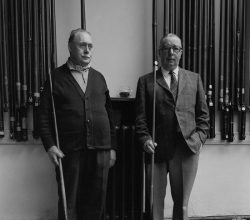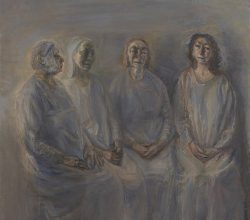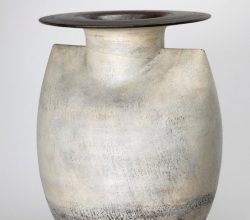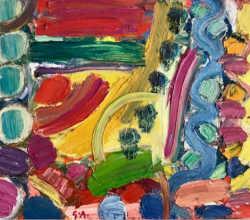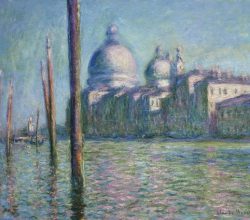
Monet and Architecture: An Interview with Richard Thomson
Richard Thomson | YaleBooks | 9th April 2018
Another Monet show! The curator argues that buildings were important to how Monet constructed his paintings. At first simply emblems of modernity, they were later crucial in his glorious works about “atmospherics”. In these works buildings were used “as a strong, solid form which served as a screen on which light played”. A video on his London paintings (4 min) is here

